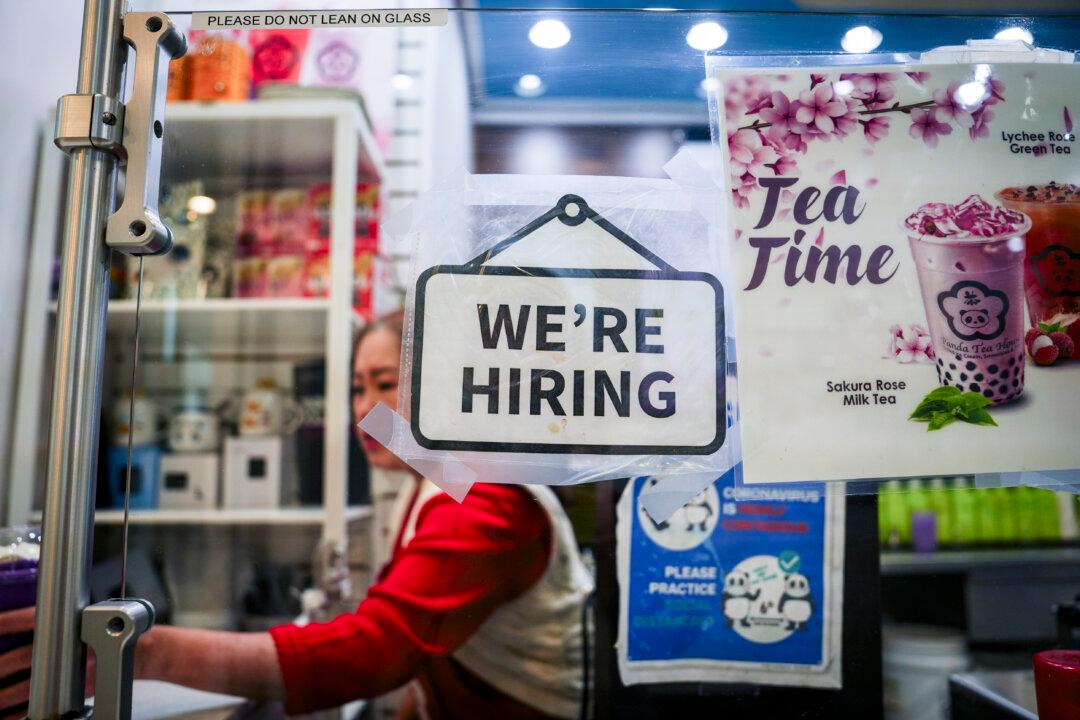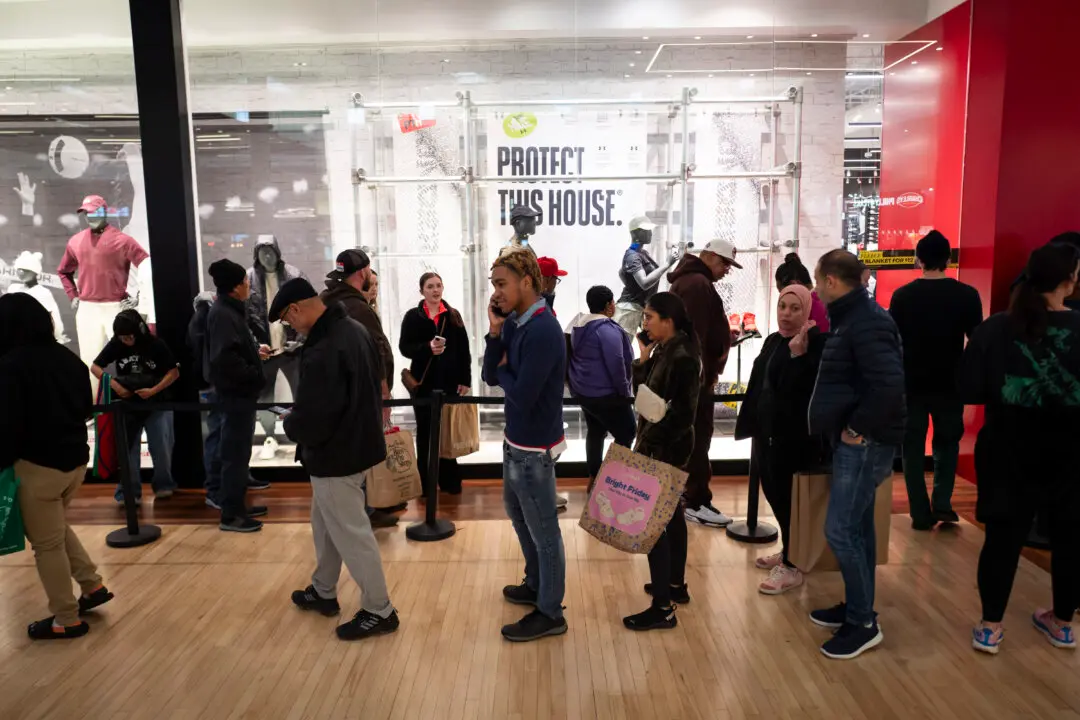For the technology sector, 2022 has been the year of layoffs. From Amazon to Zillow, many of the tech titans have been trimming the fat and reducing their workforce numbers in response to growing recession fears, poor investment decisions, and lower revenues.
This year, there have been layoffs at more than 830 tech companies, affecting nearly 137,000 workers.





